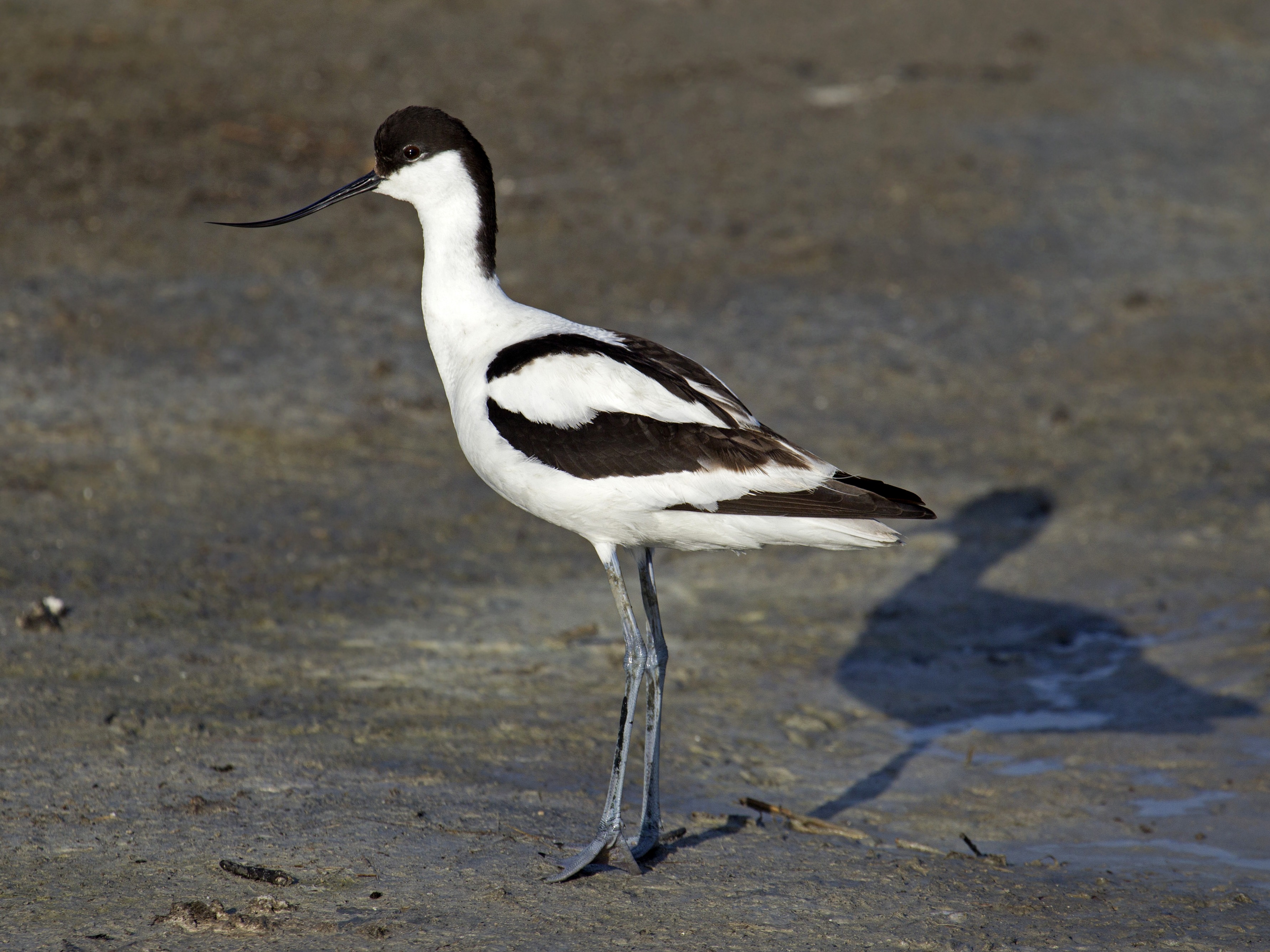I don´t know what on earth (pun intended) Kenneth Arnold saw that fateful day in 1947, but what if it was pelicans? American White Pelicans, to be exact, flying in formation. And this misidentification of nine majestic birds triggered the entire UFO craze, which is still ongoing! Of course, this super-flap was probably inevitable anyway. If Arnold hadn´t seen anything, some other trigger event would have taken place instead.
Here´s an often overlooked fact. The UFOs encountered by Arnold did *not* look like flying saucers. Quite the contrary: he described them as crescent-shaped. Yet, most UFOs seen by witnesses ever since *were* saucer-shaped. *Thus, the shape of these supposedly objectively existing flying craft as reported by thousands of eye-witnesses is based on a misunderstanding of Arnold´s words*. This in itself shows that the UFO phenomenon is a cultural construct rather than an objective reality. People see whatever they wanna see. And - to repeat myself - the UFO hype would have happened regardless since the entire American pop culture was saturated with pulp magazine science fiction and feverish dreams about actual space flight. Add some Cold War mentality and you´re almost done! Again: these are cultural constructs, not objective flying saucers from Venus, Mars or Elsewhere.
A more fringey speculation is that the UFOs aren´t physically real, but weird mental projections by the fairy. You see, the fairies can read our minds and make our observations match our fantasies and expectations. If we expect space aliens, we see space aliens. If so, the telepathic abilities of the fairy must be truly stunning, since they can brain-wash people at long distances, including in big cities! It´s almost as if a more likely explanation is that people entirely on their own "see" what matches their preconceived notions of what a strange light in the sky must be. No need for fairy lore.
I suppose another scenario is that actual aliens read American newspapers (in flawless English) and then reshape their spaceships accordingly...






_-Isabela.jpg)





.jpg)